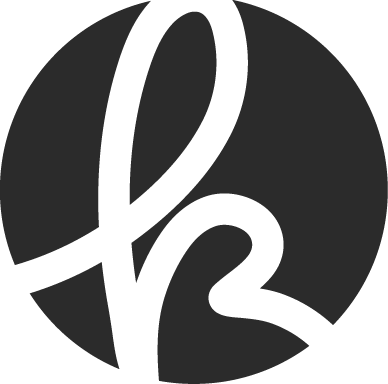“Inattention” is a project based on the theme of “Flaws, Perfection, Ideals and Compromises”. I was keen to explore the complexities of a relationship between a parent and a child, and their conflicting perceptions of reality. I felt that this theme seemed to capture the essence of this relationship. Visually, I was drawn to images with unconventional composition and minimalist aesthetics.
Inspired by Uta Barth, I began to explore photographic “errors” (primarily lack of focus) and how these can represent flaws. By intentionally adjusting my lens to be out of focus, or rather focused on something that wasn’t there, I was representing an inattentive mind.
I explored a variety of ways to intentionally create photographic errors. For one experiment, I emulated Penelope Umbrico’s photography by taking photographs through a digital screen, heavily pixelating the image.
Alongside these intentionally flawed photographs, I also used still life. I photographed objects that I specifically remember from my own childhood, and typically associate with children, to represent childhood in my project. I chose to avoid portraiture and focused on capturing the associations evoked by childhood objects, to emphasise that these are my own perceptions and not a concrete reality.
By juxtapositioning these two contrasting aesthetics, I am reflecting the contrast between adulthood and childhood. This is also underlined by two colour schemes I selected at the beginning of my project. I used faded pastel tones to evoke an adult perspective and bright primary colours to represent that of a child.
All the photos were taken in and around two specific houses. Influenced by Mikhael Subotsky and Patrick Waterhouse’s project “Ponte City”, I photographed every window in both houses to create a typology. Through this typology, I aimed to give my project a context and help create the sense of a household environment.
I chose to present my photographs in the form of a newspaper. This allowed me to link my images in a series as the pages of newspaper are turned, and enclose them within end pages on which the typologies are featured. I felt this was the best way to convey my concept with a maximum visual impact.
